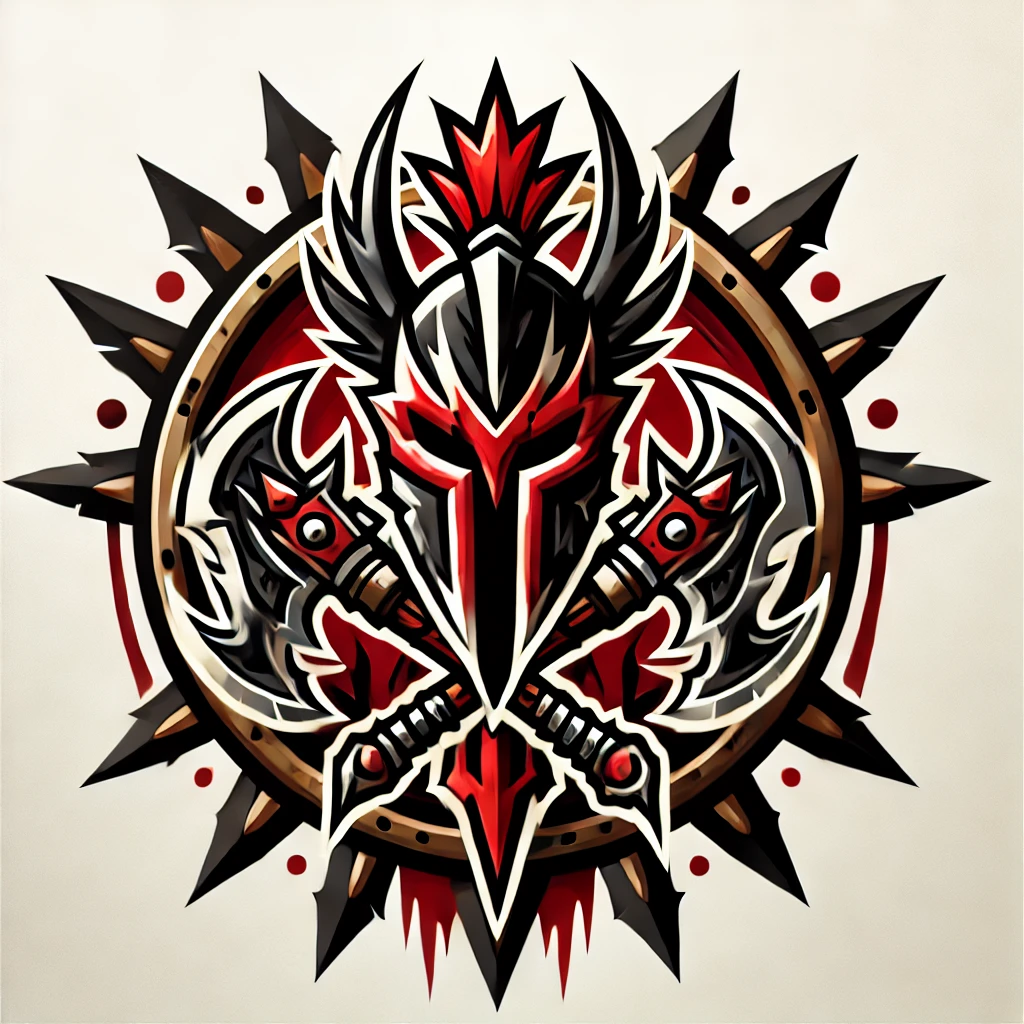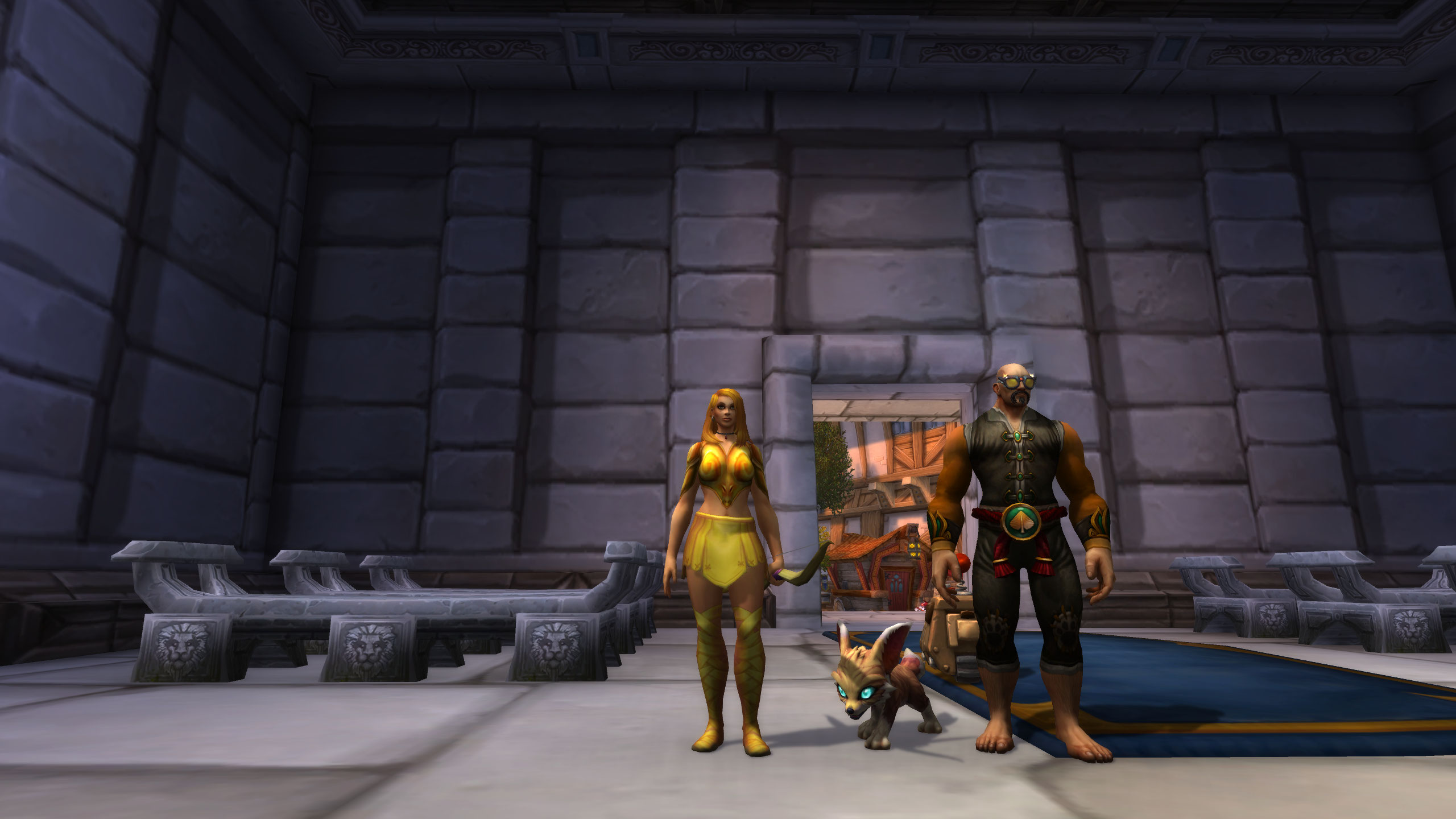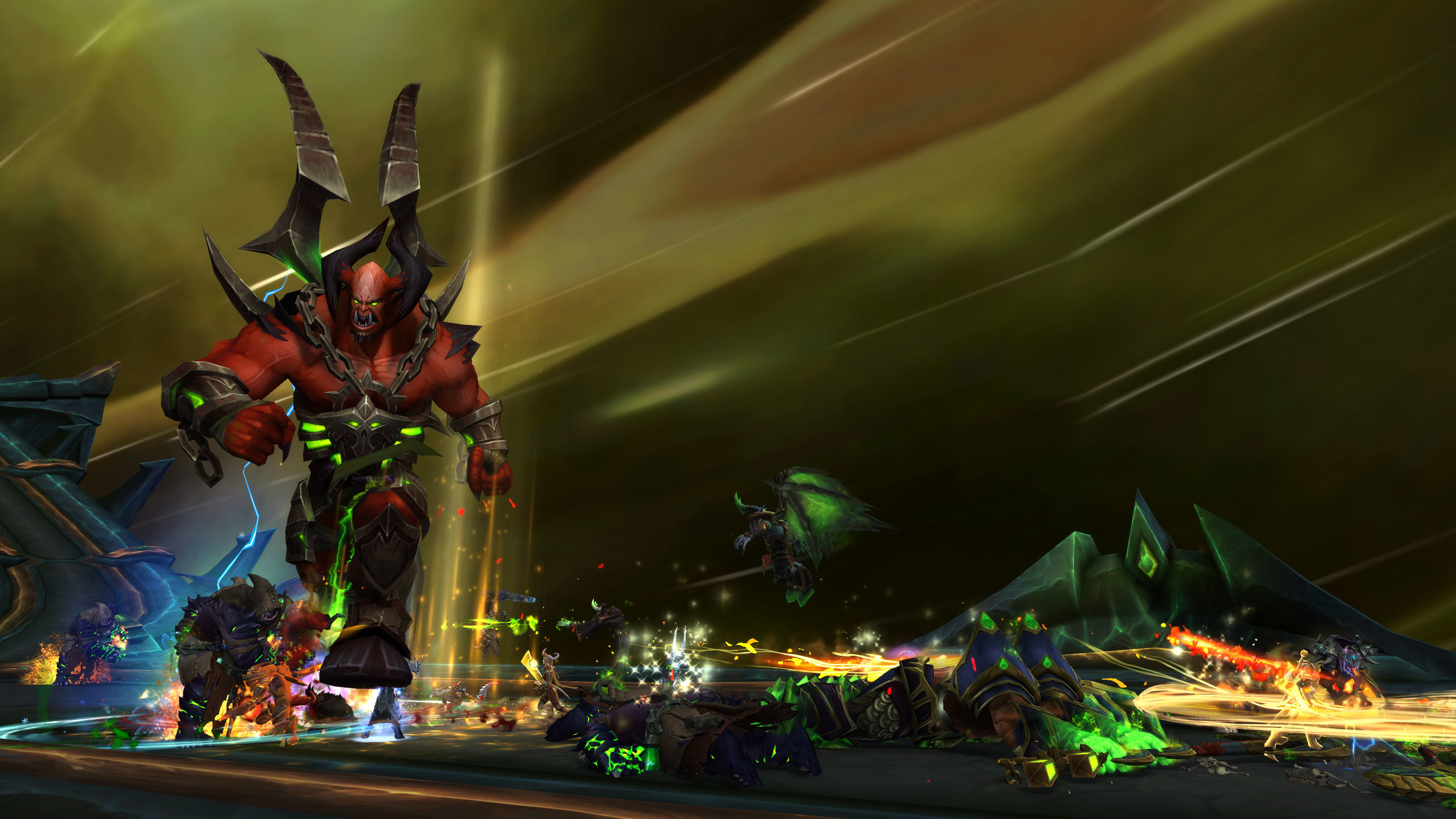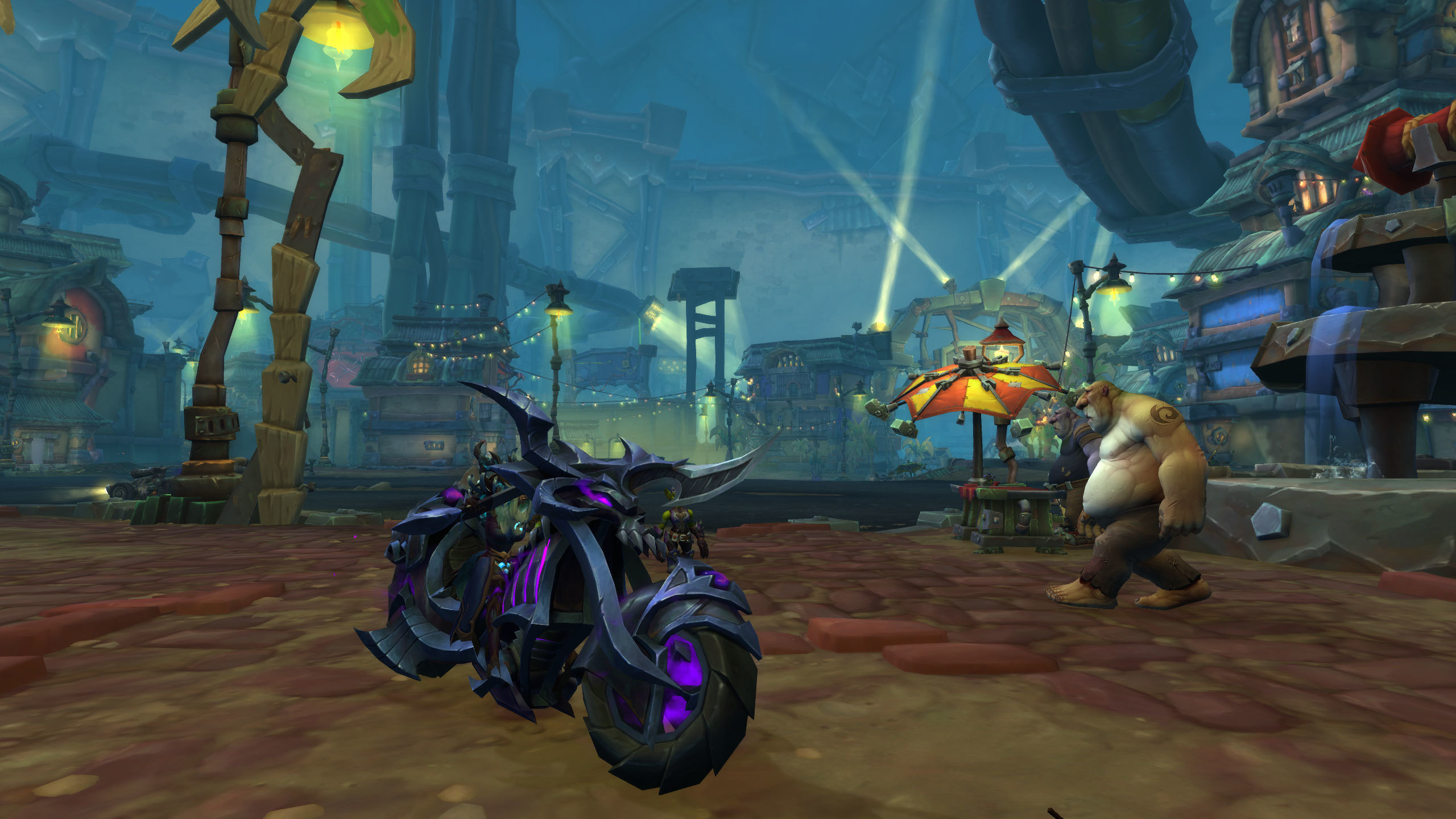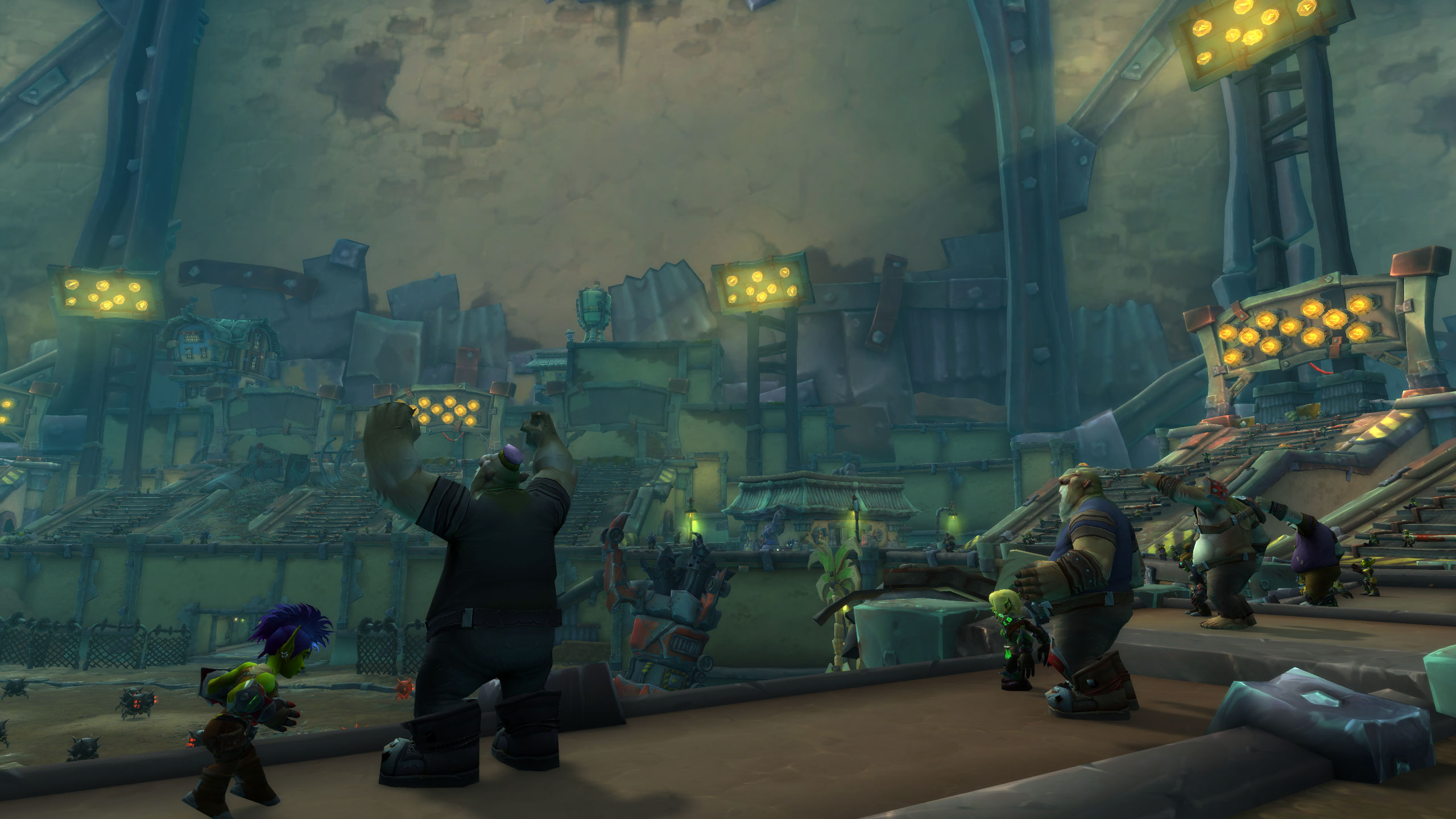Introduction: Why WoW Gold Matters for Mounts
Mount collecting feels great, but the smoothest path runs on gold. With a healthy wallet, you can grab vendor mounts the moment you hit the right level or reputation, pay for riding training without delays, and snipe tradeable rare mounts from the Auction House before someone else clicks buy. Gold also removes a lot of friction from day-to-day play. Instead of parking your character to farm materials, you make one short shopping trip each week and keep moving.
That means more time flying to hunt rare spawns, more dungeon and raid tags for drop chances, and quick swaps to the next target on your wish list. Gold helps with small extras too: stables fill faster when you can cover crafted mount parts, profession fees, and event vendor costs on the spot. Even simple quality-of-life steps—like buying extra stable slots or cosmetic add-ons—are easier when you plan a budget. Think of gold as the fuel for your collection route. You decide what to chase this month, set a spend cap, and let gold do the heavy lifting on training, vendor buys, and fast pickups. Do that, and your mount count climbs week after week without long pauses or last-minute farming marathons.
Riding Skills and Speed Upgrades
Speed first, shopping second—that’s the smart order. Faster riding multiplies every minute you put into mount hunting. You reach rare spawns sooner, loop outdoor routes faster, and hop between dungeons and raids with less dead time. Start by listing the riding ranks you still need, from basic ground speed up through flying and the highest speed upgrades your character can learn. Note where the trainers are, the rough price steps, and which alts still lag behind. Then plan one session to pay each rank in order.
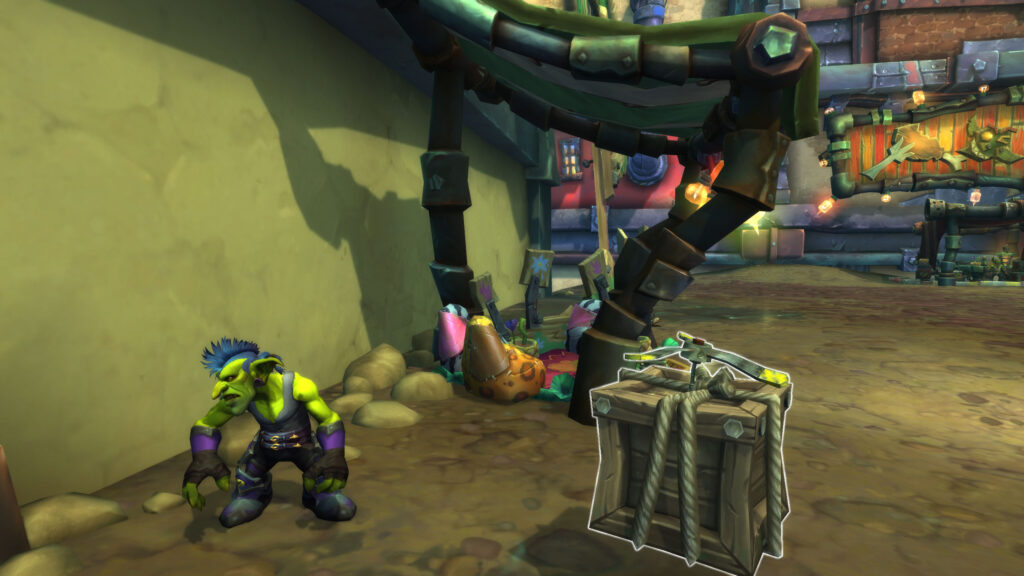
Covering training early gives instant returns: your next hour of farming or route checking simply covers more ground. Keep a small “training pot” of gold set aside so you never delay an upgrade when you ding the right level or finish a quest line. If you play several characters, handle training in a batch—log each one, pay the next rank, and tick a simple checklist so no one is stuck slow. After that, consider add-ons that help travel feel cleaner, such as items that reduce dismount time or improve handling in certain zones. You do not need to buy everything at once; the key is paying the speed gates early. Once your riding ranks are done, every other mount goal gets easier and faster to chase.
Vendor and Reputation Mounts
Vendor and reputation mounts are the backbone of a growing stable because they are predictable: reach the requirement, pay the price, ride away. Start by making a simple list broken into three lines—city or racial vendors, reputation vendors, and expansion hubs. For city and racial vendors, check which models you are missing and the costs per mount. For reputation vendors, write which factions you are close to finishing and which ones sell two or more mounts at the next tier; those are high value because one rank unlocks several buys.
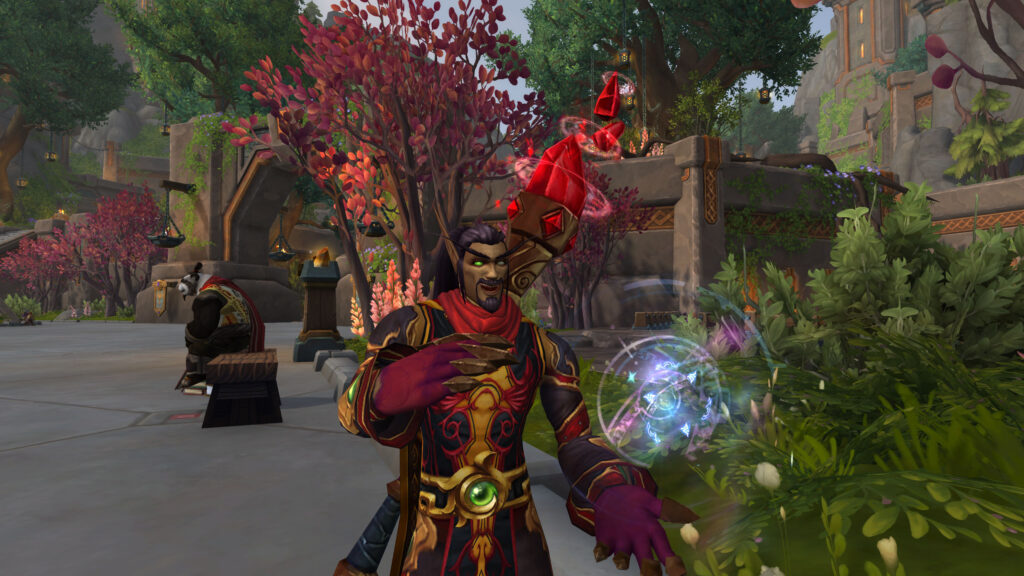
Expansion hubs are great for bulk shopping since many place multiple mounts on a single NPC. Plan gold in batches: for example, a “city sweep” night to clear a row of basic mounts, then a “rep day” once you hit the next tier with a faction. Keep a small buffer for required items like commendations, riding permits, or minor extras that sometimes sit next to the mount on the same vendor. If you enjoy daily quests, pair them with your shopping list so reputation climbs while you gather gold. The idea is to turn vendor runs into fast, satisfying wins: fly in, buy two or three mounts at once, update your checklist, and move to the next target. With steady gold and a short list, you can add a handful of guaranteed mounts every week while you farm or bid on the rarer ones.
Rare Drop Mounts: Smart Farm or Buy Calls
Rare drop mounts are exciting, but they can eat hours if you chase them with no plan. Start by listing the targets you care about, then mark each one as farm, buy, or hybrid. Farm picks are those with higher drop chances, short lockouts, or routes you enjoy running while you queue. Add them to a weekly loop with set times so you touch each reset without thinking. Buy picks are tradeable mounts with very low drop rates or long lockouts; these are perfect gold sinks because one purchase replaces weeks of camping. Hybrid picks are the middle cases: you farm them when you are online anyway, and you set an Auction House snipe price for a quick buy if a deal appears. To make your time count, use clear timers and community groups that share tag windows. Plan travel with waypoints so you jump between spawns fast, and park alts near key bosses if you like rotating characters. Keep a simple note for each target: spawn window, travel steps, and whether it is tradeable. If a mount is tradeable, set a price cap that fits your budget and stick to it—no panic buys during hype. Gold is the safety valve here: it lets you end a long hunt cleanly, or pivot to the next goal without losing a week to a stubborn drop. With a short list and a steady wallet, you will see progress every session, either through tags or a smart buy.
Crafted and Profession Mounts
Crafted mounts are some of the easiest wins once you line up materials and a fee fund. Pick the crafts that move your collection the most—classic standouts from engineering and alchemy, plus any new expansion mounts that rely on vendor parts and special mats. Write one short card for each target with item name, mats, and fee. If you enjoy farming, compare the total mat price to the finished mount on the Auction House; sometimes buying the mount is cheaper than piecing it together, and sometimes a quick craft saves gold.
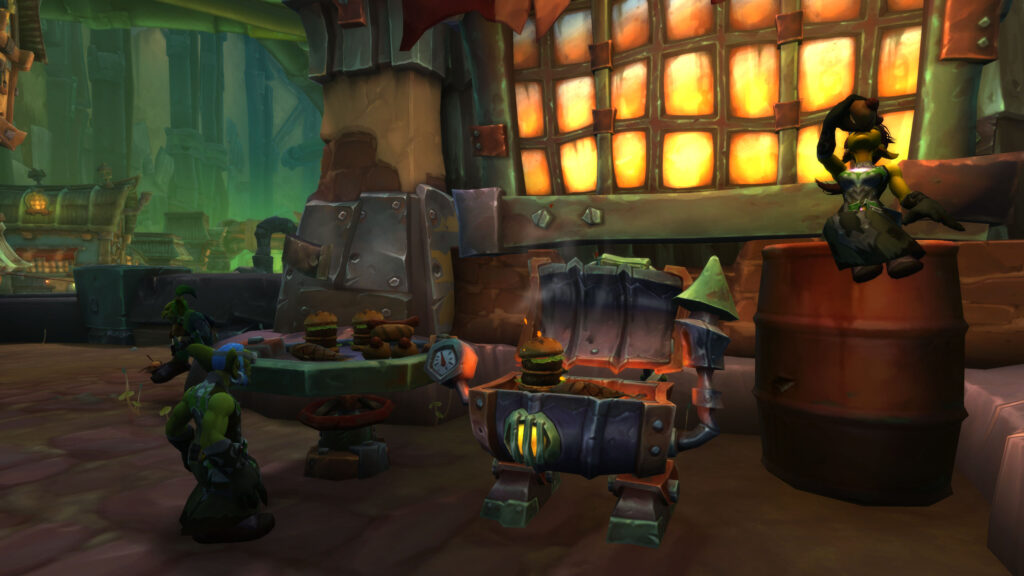
Work orders make this smooth: paste a one-line note with the stats or rank (if relevant), attach mats, and keep fee gold ready so the order clears fast. Do your shopping in one pass each week to avoid price spikes on patch days. If you plan several crafts, buy vendor parts in bulk and store them in a labeled bag so you never bounce between cities mid-session. For mats that trend up on weekends, stock them midweek and finish the craft later. Gold is your shortcut at every step: it lets you buy missing pieces on the spot, tip crafters without delay, and close the book on a target mount in minutes. Repeat that flow—pick, fund, craft, update your list—and you’ll add steady pages to your stable while keeping playtime free for rare hunts and event runs.
Quick Mount Budget Snapshot and Sample Plan
A small budget you repeat every month keeps your stables growing without stress. Split your spend into five buckets—training, vendor/rep, crafted, Auction House buys, and a small buffer—and refill them on a schedule. Use the table below as a starting point and tweak the numbers to match your goals and playtime.
| Bucket | Typical Monthly Spend | What It Covers | Notes |
|---|---|---|---|
| Riding training | Medium (one-time bursts) | New ranks on mains/alts | Do this first—speed saves time everywhere |
| Vendor/rep mounts | Low → Medium | City, faction, and hub vendors | Buy in batches after each rep tier |
| Crafted mounts | Medium | Mats + fee for 1–2 crafts | Stock mats midweek to dodge spikes |
| AH buys (tradeable) | Medium → High | Rare mounts you choose to buy | Set a cap; snipe deals, avoid hype |
| Buffer & extras | Low | Cosmetics, permits, small parts | Keep for surprise finds or event weeks |
Simple monthly plan (copy/paste):
- Week 1: Pay any missing riding ranks; do a city vendor sweep (2–3 mounts).
- Week 2: Fund one crafted mount; place or fill the work order.
- Week 3: Run rare loops on set timers; set an AH snipe for one tradeable target.
- Week 4: Event week: clear tokens, buy the event mount; use buffer for extras.
Quick shopping list template:
- Riding: next rank for main + 1 alt
- Vendors: 3 city mounts, 1 rep mount at new tier
- Crafted: mats A/B/C + fee gold
- AH: target mount name + price cap
- Buffer: small parts and extras
Run this budget once, track what you actually spent, and adjust next month. With steady funding and a short list, you’ll keep adding mounts without long pauses or last-minute farming sprees.
Farm vs. Buy: Simple Decision Guide
Use a quick rule so you don’t stall your collection. Farm if the drop rate is decent, the lockout is short, or you enjoy the route while you queue for other content. Buy if the mount is tradeable, the drop rate is low, or the lockout is long and you’re short on time.

Hybrid for anything in the middle: run a few attempts each week and set a price cap on the Auction House—if a clean listing appears under your cap, grab it and move on. Ask one question for each mount: “Will this take more hours than I want to spend this month?” If yes and it’s tradeable, buy. If no or it’s BoP, farm with timers and clear pathing. This keeps momentum high and your stable growing every week.
One-Page Buying Checklist
- Riding skills: pay next rank on main + any slow alts
- Vendor/rep list: city sweep + current rep tier mounts
- Crafted target: mats gathered + fee gold ready
- AH targets: exact names + price caps noted
- Event plan: dates saved, tokens farmed, gold set aside
- Rare loop: farm/buy/hybrid tags + spawn timers set
- Budget: training ✔ vendor/rep ✔ crafted ✔ AH ✔ buffer ✔
- Snipe fund: small stash ready for surprise deals
Conclusion: Buy Smart, Ride Sooner
Mount progress feels best when it’s steady. Fund riding skills first so every hunt is faster. Clear vendor and reputation buys in batches for quick wins. Use gold to close the gap on crafted and tradeable rare mounts, while you farm the ones you enjoy.
Keep simple price caps, event dates on a calendar, and a short monthly budget you can repeat. With that routine, you’ll add new rides week after week without long pauses—fly in, buy, learn, and roll to the next target.
